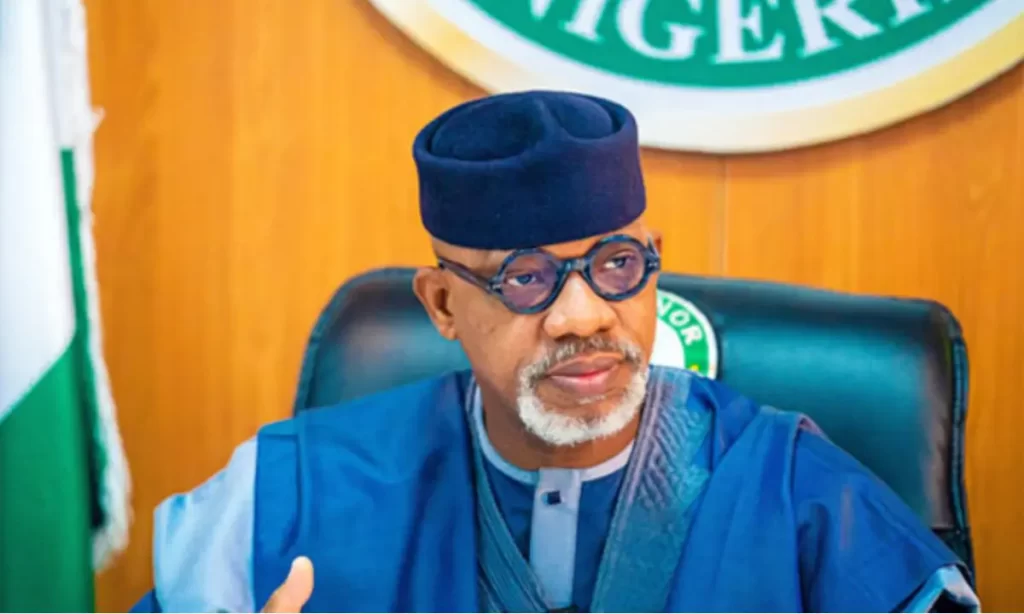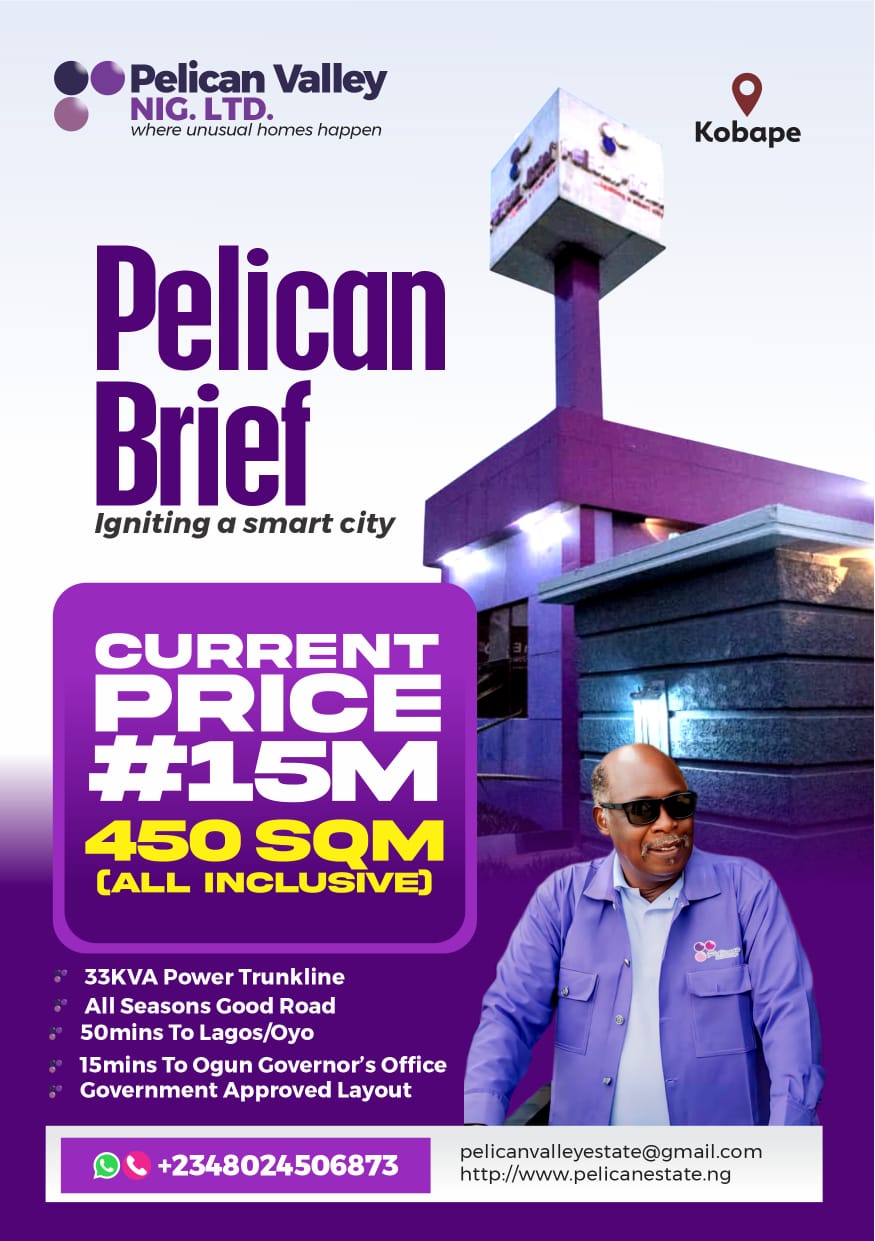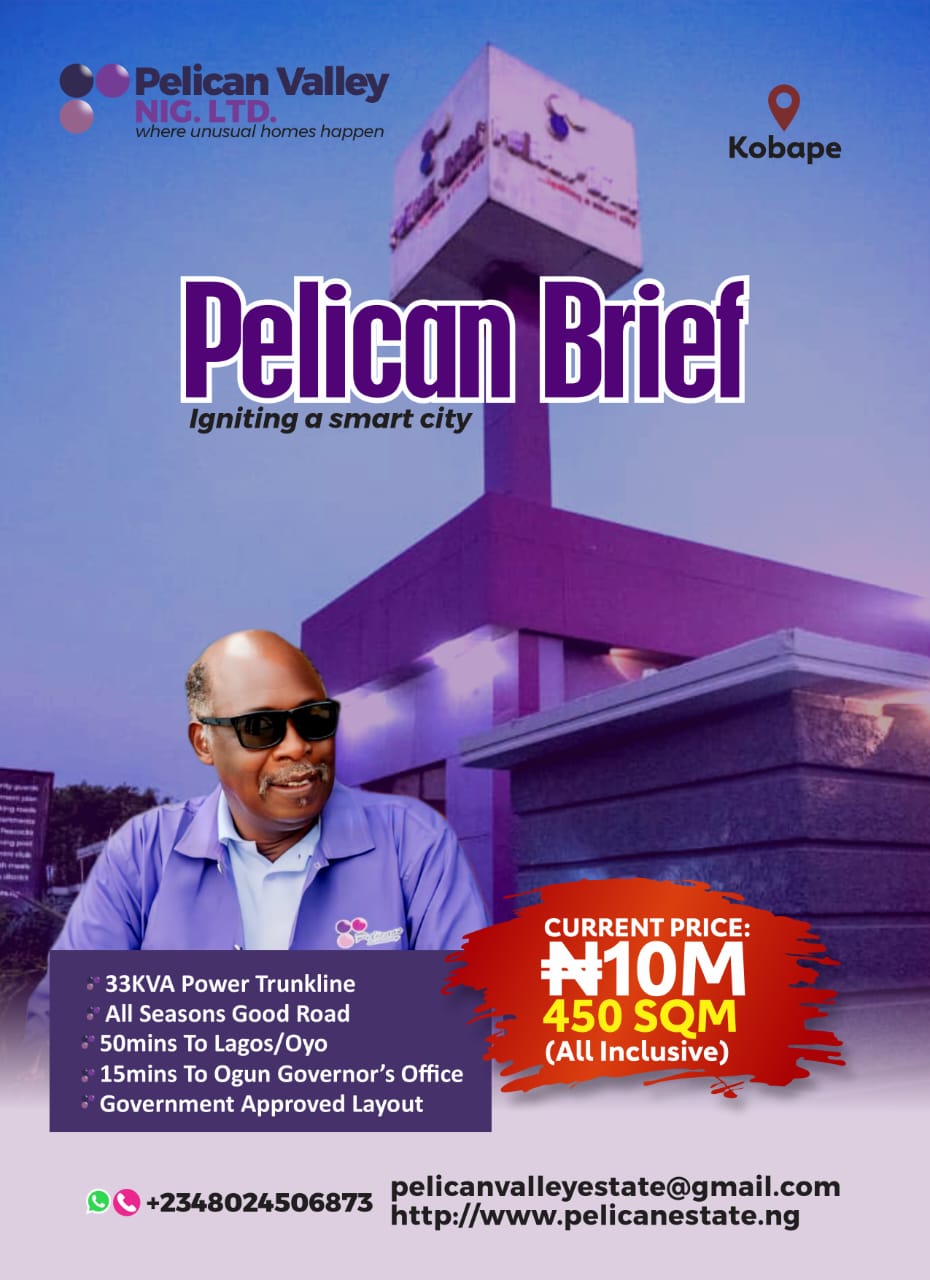By Yinka Kareem
Your Excellency, Governor Dapo Abiodun, (MFR CON), your decision to transform the hall at the Olumo Tourist Centre into an art gallery under the management of Nike Gallery has prompted me to write this open letter. Handing over Olumo hall to Nike Gallery exposes the ongoing weaknesses in our cultural and tourism administration, though the weaknesses which predated your tenure is a worrying trend.
You may wonder why I’ve chosen to raise this delicate issue in a public forum. The fact is that I regard the growth of Ogun State’s cultural and tourism sector as vitally important, and so I cannot remain silent when I see it going off course. Over time, I have submitted my suggestions for strengthening Ogun State’s cultural and tourism sectors through the normal channels.
Yet, in the absence of any substantive response or follow-through, I feel compelled to address this matter openly. For example, in 2021 I submitted a letter to your office entitled “Respecting the Rights of Physically Disabled People at the June 12 Cultural Centre—An Appeal”. Yet, nearly four years later, wheelchair users still encounter difficulty reaching the Cinema Hall at the June 12 Cultural Centre. In light of this, I felt it appropriate to address you through this open letter.
However, I have observed with concern that successive civilian administrations in Ogun State, starting from Chief Olusegun Osoba and now yours, have in some instances favoured cultural democratization, a more restricted approach in cultural administration, rather than fully embracing the broader, more inclusive framework of cultural democracy.
I believe that adopting cultural democracy would better serve the public interest, and so I would like to offer a concise exposition of both concepts for clarity. In addition to these concerns, there remain certain shortcomings within Ogun State’s cultural and tourism sector that warrant attention and corrective action.
Bamford describes the democratization of culture as an effort to extend access to a predefined set of cultural goods and services, premised on the idea of a shared “cultural canon” that should be made available to the wider public (https://www.lawinsider.com/dictionary/democratization-of-culture).
Pierre Moulinier, however, cautions that this model’s top-down orientation can inadvertently limit genuine engagement. He likens it to a radio set to broadcast but not receive, since it delivers culture on the terms of those who create and manage it rather than inviting reciprocal participation (https://chmcc.hypotheses.org/1068).
Adams and Goldbard define cultural democracy as a framework grounded in pluralism, participation, and equity in both cultural life and policy (www.wwcd.org/cd2.html). François Matarasso further notes that its advocates favour bottom-up, networked, and open cultural expressions that truly mirror our society’s diversity(https://arestlessart.com/2023/06/18/cultural-democratisation-and-cultural-democracy-a-critical-distinction/).
Unlike the more hierarchical model of cultural democratization, cultural democracy encourages collaborative decision-making across all social groups, ensuring every voice is heard and valued.
I wish to offer a respectful observation on how cultural democratization has shaped our state’s cultural and tourism initiatives under successive administrations, including yours.
This approach has, at times, led to unintended gaps in service and stakeholder engagement. For example, Governors Olusegun Osoba, Gbenga Daniel, and Ibikunle Amosun each suspended the appointment of a Chairman and board members to the Ogun State Council for Arts and Culture, and consequently they removed a formal mechanism for oversight and inclusive input. Under Governor Amosun, the Hubert Ogunde Theatre’s backstage was reconfigured to create an executive green room, yet no comparable space was provided for performers. Likewise, the Daniel Akintande Craft Shop at the June 12 Cultural Centre and the Expo Park in front of it were dismantled without the provision of alternative public amenities.
I have observed that your administration has sustained the more centralized, “top-down” model of cultural governance adopted by your predecessors.
While this approach can deliver clear direction, it may unintentionally limit the active participation of our citizens in cultural and tourism planning. With the utmost respect, I would like to point out that the refurbishment of the executive green room at the Hubert Ogunde Theatre, by your administration, appears to prioritize the comfort of high-ranking officials and distinguished guests, rather than the performers who, in standard theatre practice, are the primary beneficiaries of a green room.
Had cultural democracy guided policy decisions in Ogun State, the principle of equity might have inspired your administration, following my earlier correspondence, to extend equal consideration to the needs of artistes by providing them with a well-equipped green room, furnished with essentials like comfortable seating and mirrors. But the top-down approach to managing the theatre, which favour the elite, seems to hinder the creation of an inclusive and supportive environment for those who truly animate the space through their performances.
A recent example of cultural democratization under your administration is the collaboration between the Ogun State Government and Nike Gallery, which facilitated the conversion of a multi-purpose hall into a dedicated art exhibition space. This initiative, when considered alongside James Ogunnaike’s article in Vanguard titled “Ogun to establish art gallery at Olumo Rock,” strongly reflects your administration’s commitment to cultural democratization.
As reported, you informed Chief Nike Davies-Okundaye that: “They have a hall there that has been used for events; I told them to shut it down. Practically, we want to bring it down and turn it into a gallery for you to use as an exhibition gallery. “I felt that since you are going to be exhibiting your work there, it should not be a little poky corner; it should be something big enough to present your artwork” (https://www.vanguardngr.com/2025/04/ogun-to-establish-art-gallery-at-olumo-rock/).
Your Excellency, I applaud your commitment to elevating tourism at Olumo Rock. At the same time, I respectfully believe that consulting a broader cross-section of Ogun State’s community, on this decision would better serve our people than closing the hall outright to create Chief Nike Davies-Okundaye’s gallery. Until recently, that hall was available for rent at ₦200,000, and its sudden closure has left event organisers and citizens without a comparable facility at the Tourist Centre.
This echoes a familiar pattern: your predecessor similarly decommissioned the Daniel Akintande Craft Shop and Expo Park without providing replacements.
By repurposing the hall that was formerly available to the public for events, into an exclusive exhibition space for Nike Gallery without offering an alternative, the decision reflects a model of cultural democratization, which is a bane of cultural and tourism development in Ogun State, rather than the more inclusive spirit of cultural democracy .
Your Excellency, with due respect, I believe it was important to recognize that that the hall occupies a cultural space which belongs to the Egba people and is therefore part of their cultural heritage and cultural identity, before you converted it into a gallery.
In this regard, it is worth noting the guidance of UNESCO, as cited by Sakarias Sokka and colleagues, which emphasizes that “the governance of cultural heritage requires the involvement of a range of local stakeholders, normally represented by associations that accompany an object or monument and provide the sense of being part of a group” (6206-governance-of-cultural-heritage-towards-participatory-approaches-by-saka.pdf).
In light of this framework, it is worth reflecting on the extent to which local stakeholders were meaningfully engaged in the decision to repurpose the Olumo Hall—particularly when considering remarks attributed to Your Excellency, such as: “I felt that since you are going to be exhibiting your work there, it should not be a little poky corner; it should be something big enough to present your artwork.”
Had the statement conveyed that the decision to allocate the hall followed careful consultation with local stakeholders, it likely would not have created the impression that key stakeholders with deep cultural ties to the site were excluded from the process.
For context, Tosun identifies three forms of local stakeholder participation in tourism development: coercive, induced, and spontaneous participation (https://www.mdpi.com/2071-
1050/15/3/1935#B54-sustainability-15-01935). Regrettably, the decision to allocate the hall for exclusive use by Chief Nike Davies-Okundaye may appear to align with the model of coercive participation—where decisions are made with limited local input.
This reflects yet another instance of cultural democratization—a pattern that has been consistently embraced by successive administrations in Ogun State in the management of its cultural and tourism affairs.
However, it is essential that Ogun State convene a cultural and tourism summit where relevant practitioners would clearly define our priorities for cultural and tourism development and chart a strategic path toward achieving them in Ogun State.
Mr. Governor, there are other several important matters that warrant attention during the proposed summit.
One such concern is the recurring tendency in Ogun State for successive administrations to discontinue initiatives introduced by their predecessors—even when those initiatives align with the National Cultural Policy.
For example, the establishment of the Hall of Fame at the June 12 Cultural Centre by Governor Gbenga Daniel was consistent with Section 7.5 of the policy.
However, it appears that neither your administration nor that of Governor Ibikunle Amosun actively sustained this commendable effort by inducting distinguished individuals into the Hall. It is particularly disheartening that even Senator Ibikunle Amosun, a former governor of the state, has not been recognized in this regard.
Another important matter worthy of attention at the proposed summit is how the June 12 Cultural Centre can more fully embody the cultural identity of our people. As Cindy Ouma and her colleagues have noted, “cultural centers should be a repository of the tradition and the way of life of a people they serve.”
(file:///C:/Users/USER/Downloads/The_Role_of_Cultural_Identity_in_Place_M.pdf). Hospitality is a defining aspect of our cultural identity. Yet, when visitors to the June 12 Cultural Centre are met with only one park bench—especially in contrast to the numerous park benches available at the Sagamu interchange—it sends a mixed message. Such an arrangement falls short of reflecting the warmth and generosity that characterize our values.
Your Excellency, I eagerly look forward to the day when Ogun State convenes its first Cultural and Tourism Summit to collectively address these and other vital concerns.
Yinka S. Kareem
Yinka Kareem, a former Cultural Officer with the Ogun State Council for Arts and Culture, and a member of Ogun ANA (Association of Nigerian Authors) writes from Abeokuta, Ogun State.
Do you want to share a story with us? Do you want to advertise with us? Do you need publicity for a product, service, or event? Contact us on WhatsApp +2348183319097 Email: platformtimes@gmail.com
We are committed to impactful investigative journalism for human interest and social justice. Your donation will help us tell more stories. Kindly donate any amount HERE




